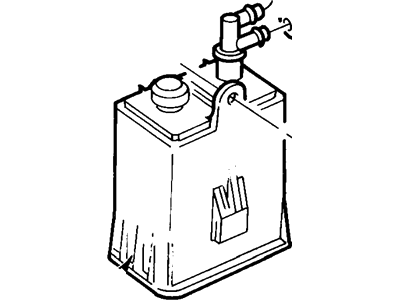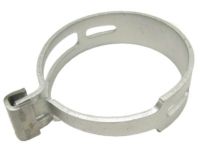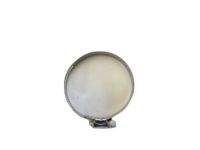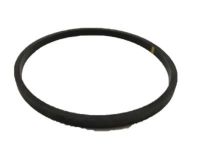To ensure reliability, purchase Ford part # EOAZ-9D653-A Reservoir Assembly. It is sometimes referred to as Lincoln Vapor Canister. In terms of quality and longevity, OEM parts are top-tier. This is because they are made according to Ford's demanding factory specifications and go through strict quality control. This part fits specific Lincoln Continental, Mark VI, Versailles models.
FordPartsGiant.com is a leading supplier of genuine Ford parts and accessories such as Ford EOAZ9D653A Reservoir Assembly. On our platform, we provide genuine Ford parts at incredible prices while ensuring top-tier quality. Feel at ease shopping with us, knowing our parts have a hassle-free return policy and rapid delivery service. For detailed Lincoln parts information, click here.









